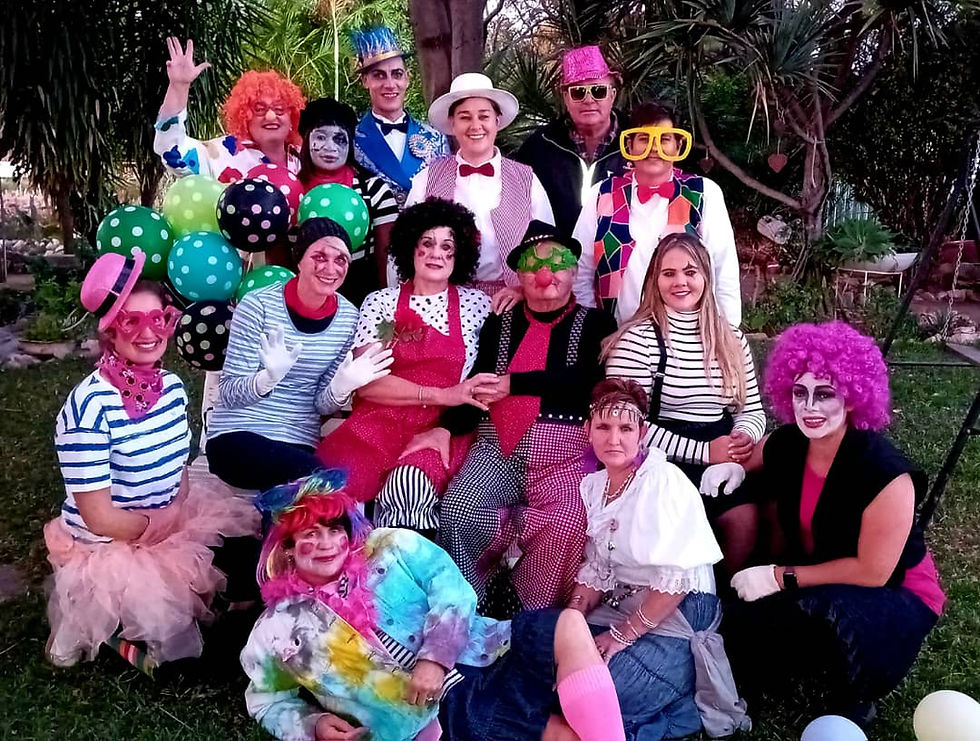Dragon’s Breath, Guinas and Harasib:
- 067triangle
- Oct 25, 2023
- 2 min read
Drone uncovered age old mysteries
Dragon’s Breath Cave, situated on the farm Harasib close Grootfontein and Tsumeb, recently made headlines after scientist revealed that they know its exact depth at last.
Scientist from Texas were for the first time able to established that it was 254 m deep using an underwater drone – making it the world’s deepest and largest underground lake.
Up until their discovery, it was unknown exactly how deep the water was, as the deepest point the best of human divers were able to reach, was 132 m.
But, apart from determining the depth of Dragon’s Breath Cave for the first time, Stone Aerospace, a robotics company in Austin, Texas, also for the first time unraveled similar mysteries surrounding Lake Guinas and Harasib, also situated in the same area.
Guinas
After landing in Namibia in August 2019, the expedition’s first stop was Lake Guinas, essentially a natural sinkhole created when a cave’s ceiling crumbled.
Guinas’s biggest mystery was that divers didn’t know what the lake actually looked like beneath the surface. Due to its extreme depth and the dangers of underwater compression, human divers were forced to surface before reaching the bottom.
The maps produced by their underwater drone named SUNFISH revealed that the cenote was shaped like an hourglass, extending nearly 1,000 feet long and 575 feet wide at the bottom, with a depth of 435 feet.
At Harasib, a jagged pit with a water-filled shaft beneath, scientists had to lower themselves and their equipment for more than 320 feet down the pit using winches and ropes.
Here SUNFISH was also able to roam beyond the limitations of previous divers, mapping the shaft’s complete structure for the first time. The drone discovered a sprawling corridor measuring 260 feet wide and roughly 330 feet high. Beyond that, it continued almost another 1,000 feet to the end of the giant chamber — at a depth of more than 800 feet underwater.
Dragon’s Breath Cave
“The world’s best cave divers have been trying to [reach the] bottom [of] Dragon’s Breath and [nearby caves] for 30 years,” says Siegel, the expedition’s leader. “And they’re just not getting there; it’s too big."
Over the past decade, Siegel has worked as a field operations director for Stone Aerospace. Much of the company’s work is dedicated to developing autonomous robots to help NASA explore our solar system, including robots and probes that could explore underneath the thick layers of ice covering solar system bodies like Europa (Jupiter’s moon).
Rather than relying on GPS, radio or any external communication, the autonomous drone, dubbed SUNFISH, uses a sonar mapping sensor to traverse uncharted territory — much like a bat uses echolocation.
The expedition team was hoping to see more than just the austere beauty of Namibia’s subterranean caves; they wanted to use the remote locations as a testing ground for a new iteration of autonomous, underwater vehicle.
– shortened article from Discover Magazine (www.discovermagazine.com)



















Comments